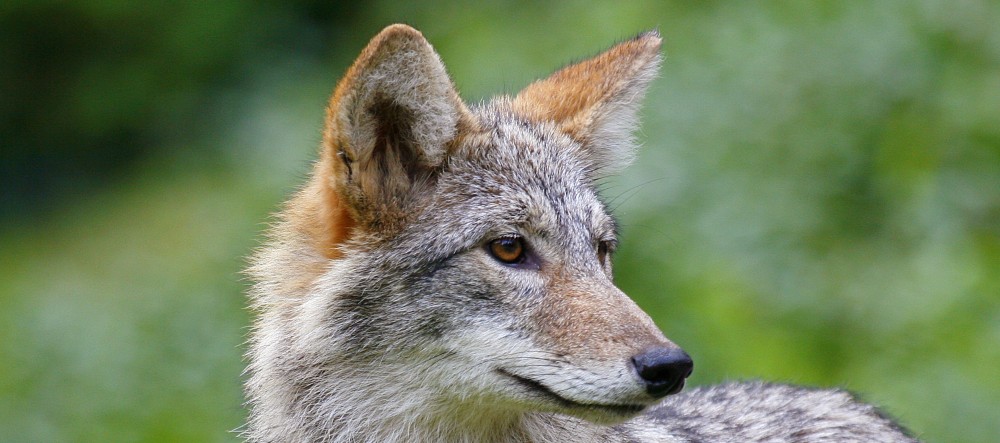By Bod Ferris, 5 Feb. 2015
“These results should serve as a cautionary tale for those wishing to increase ungulate numbers via predator control without regard to other ecological factors, such as the proximity of the prey population to ecological carrying capacity (K).” in Abstract of “Population density of Dall’s sheep in Alaska: effects of predator harvest” from Mitchell et al. (2015) in Mammal Research Vol. 60 pp. 21-28
If there is one thing that we are learning of late in regards to lethal predator control, it is that the myth of its broad efficacy and appropriateness has been whittled away to nearly nothing and the shavings are still coming off. Unfortunately the transmission of the news of that happenstance and its acceptance by some in the population seem to be working about as well as trickle-down economics is for 99% percent of Americans.
I have written about this topic a lot over the last 20 years and the conclusions seem to be about the same: Predators generally do not drive down prey populations in the absence of other—usually more important—habitat issues. An exception seems to be when depressed populations are low and not hampered by habitat constraints then predators can slow recovery. But even this example is problematic as one has to ask why, if habitat was not an issue, did the populations become depressed in the first place? Mismanagement? Disease?
The study quoted above coming out of Alaska and looking at Dall’s sheep is one more indication that the lethal control of predators—while appealing to those who think linearly (i.e., simply in terms of prey versus predator numbers)—can be tricky when you throw in other factors (dimensions) such as availability of escape habitat, severity of winters and the prey population’s closeness to carrying capacity.
This Alaska study looked at areas where lethal control was employed and those where it was not. And while populations climbed quicker in those areas where predators were killed, some of those gains were erased (and then some) when those populations hit the carrying capacity wall and starved during winter.
Most wildlife biologists understand and embrace the above. The problems come when these professionals try to explain the complexities and the need for caution to a sector of the public that has been allowed and even encouraged to think that dead wolves, coyotes, and lions always mean more deer, elk and sheep. This situation is not helped when fish and wildlife commissions are too heavily influenced by livestock interests mistakenly echoing the same call for control. And the climb out of this pit of predator prejudice is further hampered because it is all happening within regulatory settings and agency cultures—particularly in the West—that have historically treated predators as unwanted and undeserving of much in the way of consideration and thought.
“As trained scientists, Idaho Fish and Game stands by our data and our wildlife management plans. We manage wolves to ensure we keep state management authority and address conflicts with people, livestock, and other big game populations.” Statement by Virgil Moore, Director, Idaho Fish and Game January 29, 2015
Unfortunately while the solutions to much of the above are obvious —follow science and sound management prescriptions —the path forward is not and the mountain left to climb is very steep. Evidence of the extent of this challenge is clear when we read items like the recent statement by Mr. Moore above. In this release he talks about maintaining management authority, people, livestock and big game populations but nowhere in that statement is a clear or even implied commitment to continued recovery of wolves or any hint of this keystone species’ ecological value. While it is great to have truckloads of wildlife scientists, if the voices of ranchers and trophy hunters are treated as trump cards the quality and volume of science has little value. And the above from Idaho is by no means unusual or the worst. The rhetoric around the discharge of respected wildlife biologist Ken Mayer in Nevada took this rancher-influenced, pro-lethal control ethos and ecological ignorance to an art form (please see 1,2).
“I’m sure most of the people being considered for his [Mayer’s] job graduated from a college,” he said. “These people are the cause of the destruction of wildlife.” Cliff Gardner, 74, a rancher in Nevada’s remote Ruby Valley. In “Ouster Sharpens Debate on Sage Grouse”
All sea change takes time particularly when there are economic interests standing in strong opposition to knowledge and progress. But I and many other biologists long for the day when wildlife agencies in the West and elsewhere are run by folks who stand up for what current science says and are overseen by those who embrace and understand science as well as set aside their self-interests in favor of those of the wildlife and habitats under their care.
Click here for the original article.







